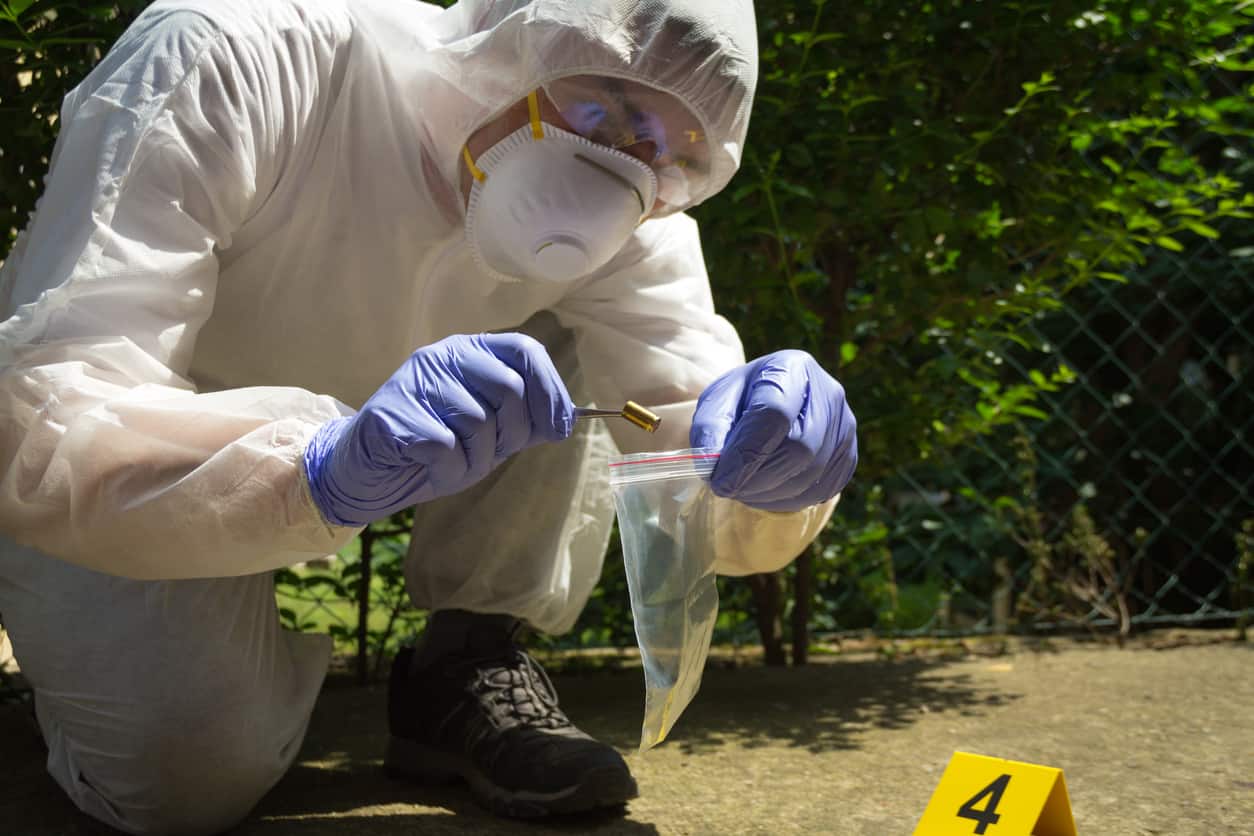Home » Posts tagged 'Crime Scene Measurement'
Tag Archives: Crime Scene Measurement
How To Document A Crime Scene
Documentation of the crime scene begins the moment that an officer gets a call and continue until the case is closed. This is often the most time-consuming but also the most important step in crime scene investigation. It is the purpose of crime scene documentation to record and preserve the location and relationship of discovered evidence as well as the condition of the crime scene as it was when the documenter was observing it. Experts use different crime scene measurement tools to get accurate data on the crime scene.

Image Source: Google
For the purposes of this text, there are four primary methods of documentation that are involved in CSI. These are:
1) Reports and note-taking (sometimes audio)
2) Photographs
3) Videography
4) Crime scene sketching and mapping
The end purpose of documentation should be the successful notation of all observations made within the scene of the crime, which will ensure the individual engaged in the documentation efforts will best be able to recall the events in the future. Importantly, this information may be presented in court.
Sketching and Mapping the Scene
Sketching—A crime scene sketch is a permanent record of the size and distance relationship of the crime scene and the physical evidence within it. The sketch serves to clarify the special information present within the photographs and video documentation because the other methods do not allow the viewer to easily gauge distances and dimensions.
A sketch is the most simplistic manner in which to present crime scene layout and measurements. Often photographer/camera positions may be noted within a sketch also.
Crime Scene Mapping—Mapping is the term associated with crime scene measurements. Sometimes a person may sketch but not map, meaning that he or she draws a sketch of an area but does not apply measurements to the sketch produced and items represented. Rarely, however, will one map without sketching (i.e., record measurements with no graphical representation for what the measurements represent).
As with all other crime scene measurements, all measurements are approximate and are never documented as or testified to as being 100% accurate. Crime scene mapping is about doing the best possible documentation with the resources available, realizing that rounding and other factors inhibit the ability to be completely accurate.
All About Forensic Photogrammetry Software
Forensic Photogrammetry Software with the ability to produce an accurate bio-metric measurement of a suspect’s dimensions (e.g. height), and crime scene measurements from surveillance video and photographs.
You can learn more about crime scene reconstruction software from https://cognitech.com/cognitech-automeasure-64/

It is a general photogrammetric tool-set for measuring any subject or crime scene captured in at least one or several images/video frames. The automated visual workflow interface provides step-by-step instructions.
Steps are colour coded according to completion and keep the end-user aware of current progress. Since it provides step-by-step instructions; advanced knowledge of photogrammetry is not needed in order to utilize the software.
Contextual Feedback provides constant instruction on the next step to be taken. Evidence images with measurements can easily be exported in standard image formats.
Photogrammetric software has advanced point placement functionality provides a flexible method of placing, dragging & dropping and meta-tagging corresponding points of interest in order to simplify the process of multi-view stereo matching.
3D MultiView Measure
D MultiView Measure provides more accurate measurement results when using multiple images. It provides height, area, and distance measurements of objects from a single scale measurement, whether or not the original camera source is available.
It does not require that any linear structures be visible in the evidence image. Additional photos required for MultiView Measure can be taken at any time as long as there are enough similar features present from the evidence image. This process increases measurement accuracy and allows measurements to cover larger crime scenes.
MultiView Measure is designed to be used not just for measuring the height of an individual in the evidence image, but also to measure any geometric attributes of the crime or accident scene captured in multiple images.
